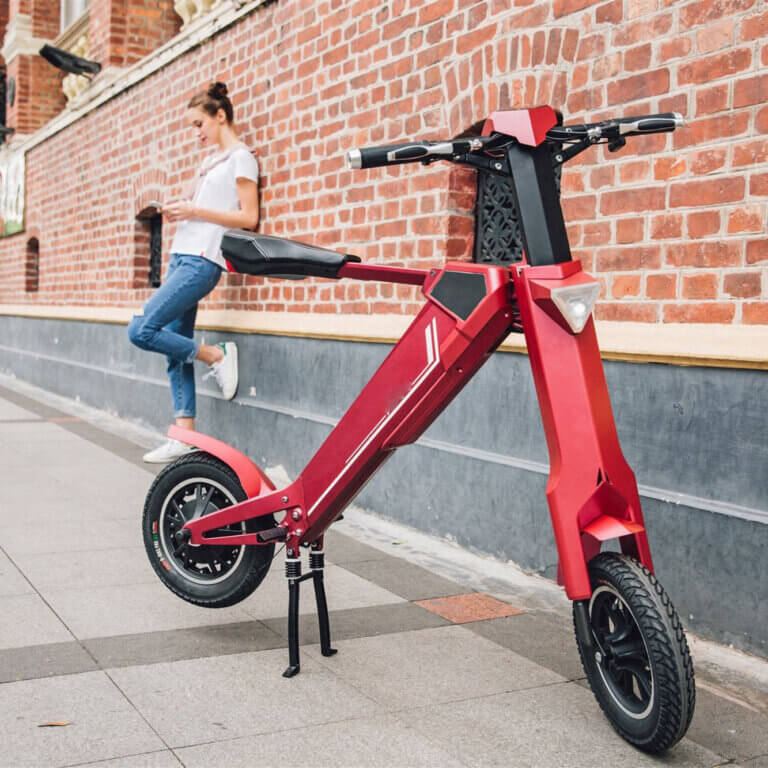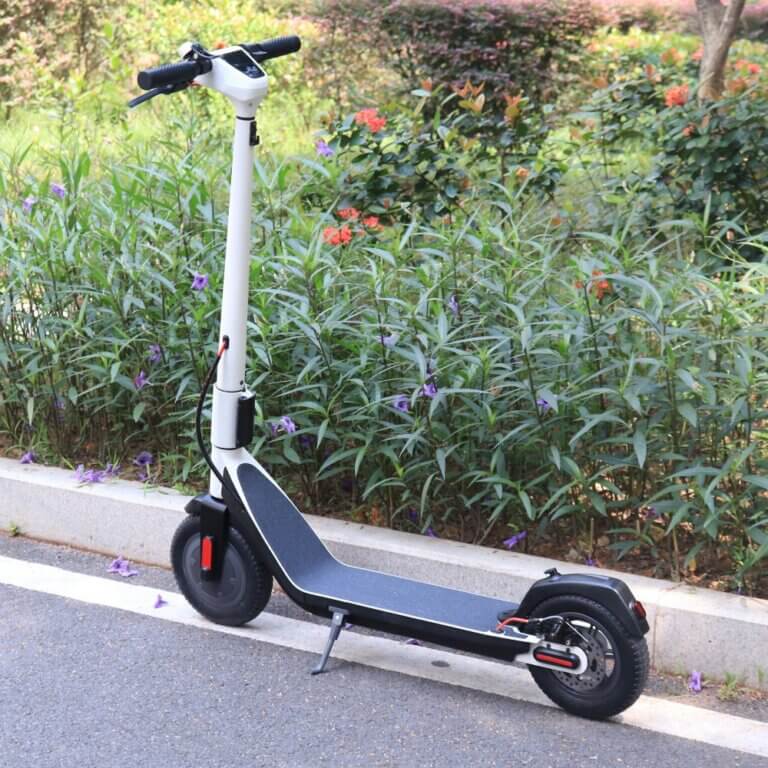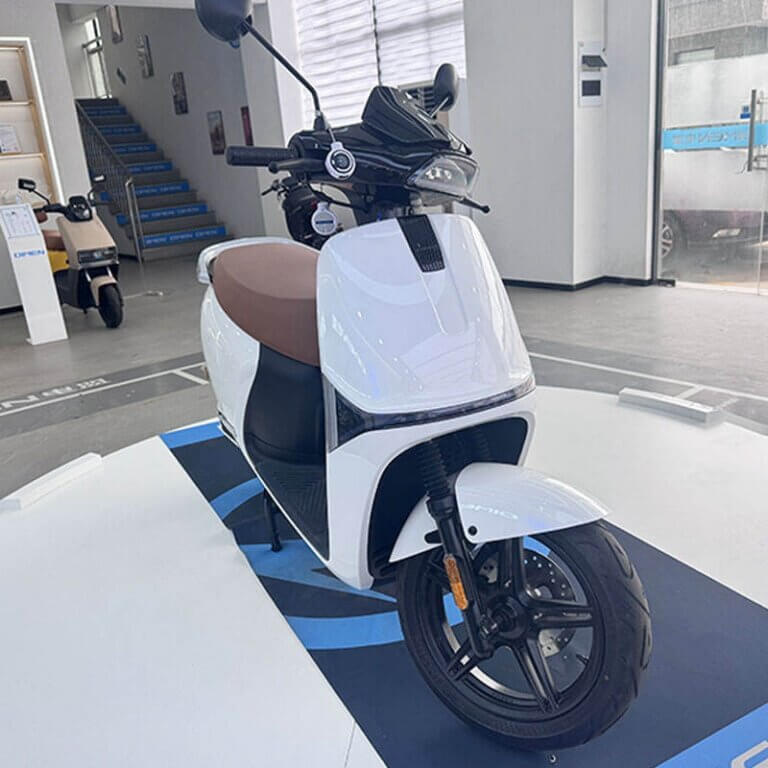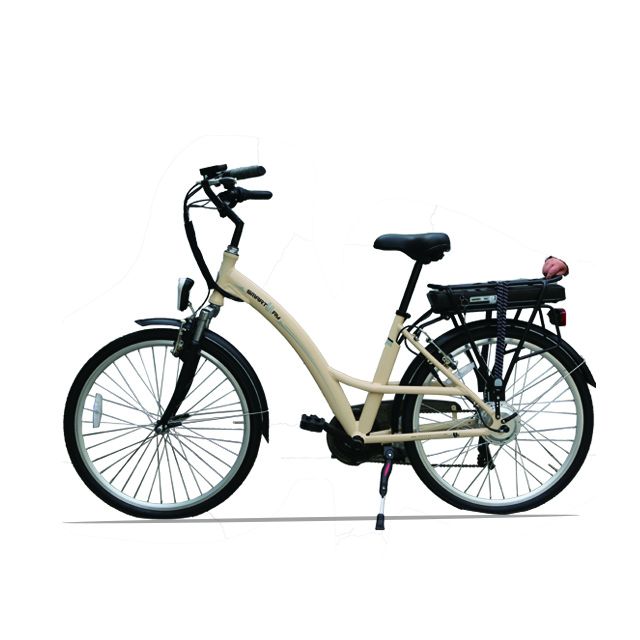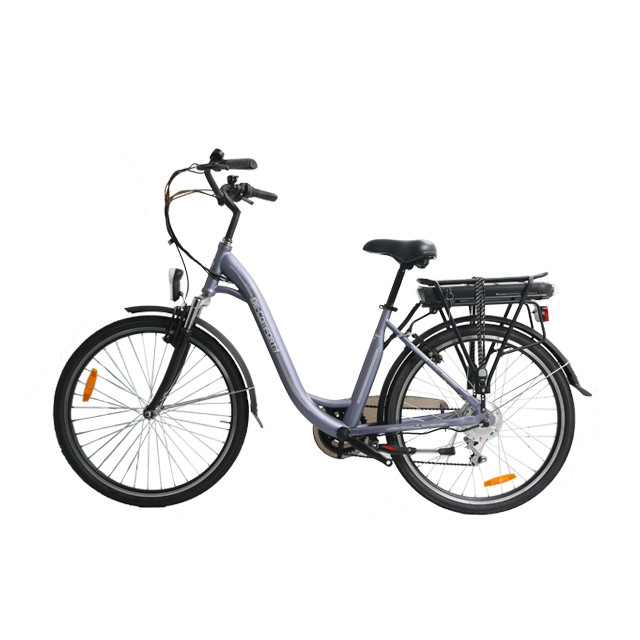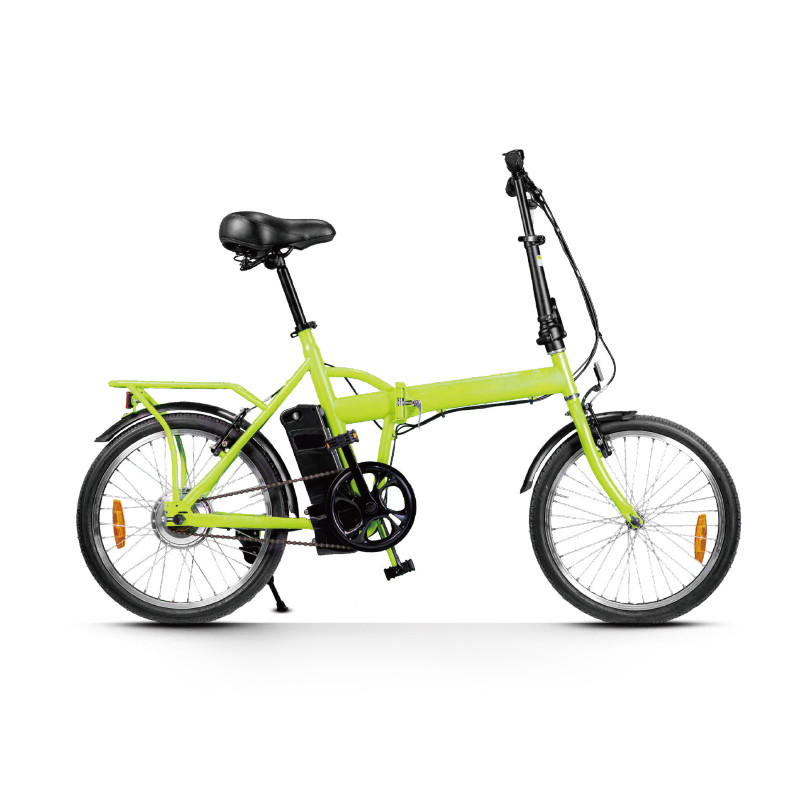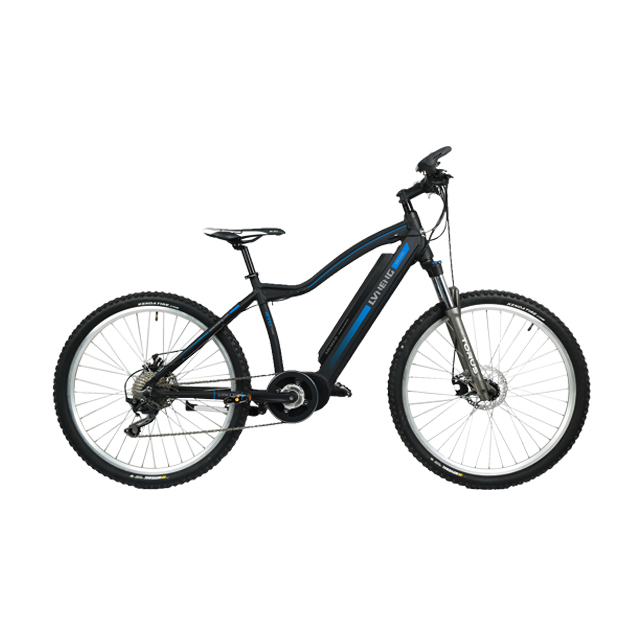-
414 Block B, ZT Times Plaza, Wuhan, Hubei, China
Blog
Lansarea unui program de partajare a scuterului în zona dvs.
Programul Sharing Scooter: permis mai întâi, pilot mai târziu
Teză: Nu lansați înainte de a avea un permis cu dinți, apoi executați un pilot cu termen limitat.
- De ce funcționează: Orașele au nevoie de pârghii de control - plafoane, zone de servicii, KPI de răspuns, partajarea datelor. Un proiect pilot de 6-12 luni menține onestitatea tuturor.
- Ce să scrieți în permis: asigurare, plan de siguranță, reechilibrarea SLA-urilor, timp de parcare/degajare, specificații GBFS/telemetrie, confidențialitate, sancțiuni, reguli echitabile de serviciu.
- Puncte de control pilot: tabloul de bord operațional săptămânal (disponibilitate, utilizare, incidente, reclamații închise), apoi măriți sau reduceți.
Planificarea parcării și a densității flotei pentru partajarea scuterelor
Teză: Proiectarea parcărilor nu este un lucru "bun de făcut", ci a pârghie.
- Layout: zonă de servicii ≥ ~10 km²; 10-16 locuri de parcare desemnate pe km²; distanța între locuri ≤250 m.
- Controale: QR + geofenced end-trip, semnalizare pe bordură, plăci tactile acolo unde este necesar.
- Rezultat: mai puține plângeri, mai puțină aglomerație pe trotuar, mai multă încredere.
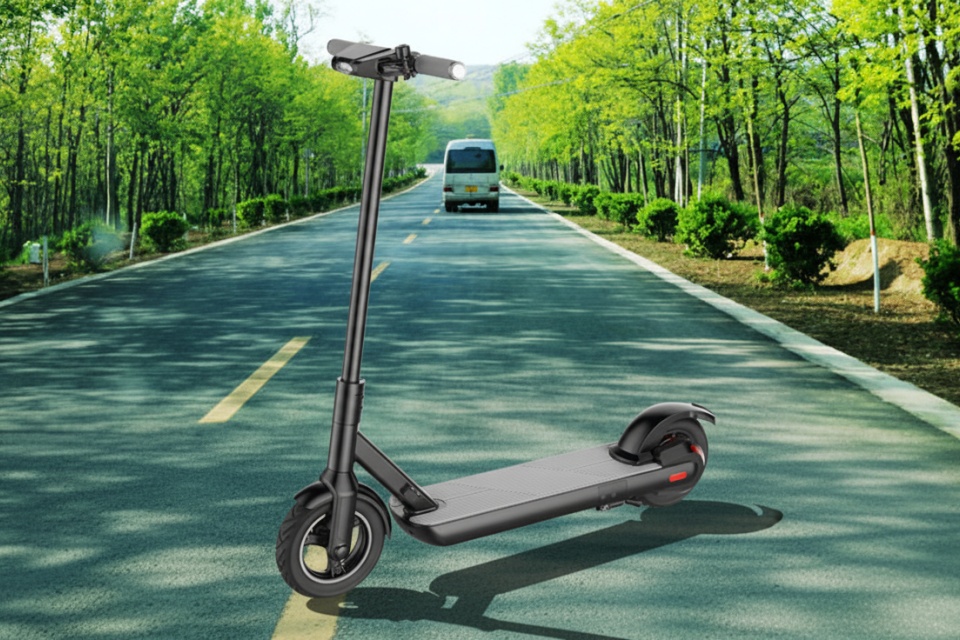
Siguranța micromobilității: situația de referință privind prejudiciul și controalele efective
Teză: Indicatorii cheie de performanță privind siguranța depășesc sloganurile.
- Model cunoscut: traumatismele craniene sunt frecvente; noaptea + alcoolul sporesc riscurile.
- Controale care mișcă acul: zone dinamice lente (10-15 mph), limitarea vitezei până târziu în noapte, stimulente pentru căști, aplicarea în comun a legii privind conducerea sub influența alcoolului a scuterelor, modul începător în aplicație, alerte de frânare bruscă pentru operatori.
- Ce să publicați: incidente la 100 000 de călătorii, timpul de soluționare a rapoartelor de pericol, rata de răscumpărare a căștilor. Păstrați transparența.
Ciclul de viață și durabilitatea scuterelor electrice (LCA)
Teză: Povestea "verde" depinde de durata de viață a hardware-ului + modelul operațional.
- Manete: baterii interschimbabile, piese modulare, reparabilitate, standarde mai lungi de durabilitate a punții/necului, hub-uri de încărcare ecologice.
- Lectura domeniului: înlocuirea călătoriilor cu mașina = câștig; înlocuirea mersului pe jos/cu bicicleta = meh; camionete diesel pentru reechilibrare = pierdere. Proiectați operațiunile pentru a evita acest lucru.
Acces echitabil și incluziune
Teză: Construiți pentru toată lumea, nu doar profesioniștii din centrul orașului.
- Tactică: reîncărcări în numerar, planuri pentru persoane cu venituri mici, UI/UX simplificate, instruire a călătorilor, canale de reclamații accesibile, SLA de eliminare a obstacolelor în 60 de minute, ambasadori comunitari.
- De ce vă va interesa: acoperire politică mai puternică, retenție mai mare în districtele "cold start".
Date și API: GBFS și metrici operaționale
Teză: Datele sunt licența ta socială.
- Standarde: GBFS (starea vehiculului, orele de sistem, geofences), exporturi KPI lunare, bariere de protecție a confidențialității.
- Metrici care contează: disponibilitatea %, rata de deplasare perfectă, timpul de prim răspuns, NPS, timpul de funcționare al dispozitivului, sănătatea ciclului bateriei. Corelați stimulentele/penalizările cu acestea.
Produsul se potrivește: hardware de scuter pliabil și de partajare care se livrează efectiv
Aveți nevoie de vehicule care să supraviețuiască lumii reale, dar care să se potrivească și scenelor (campus, tren de naveta, turism, "prima milă" suburbană).
- Categoria Sharing Scooter (gata pentru flotă): cadru anti-vandalism, clasificare IP, blocare IoT, pachet interschimbabil, motor cu înălțime de înălțime de grad înalt, drop-in cu MNO.
- Vezi categoria: Scooter de partajare
- Naveta pliabilă (B2B en-gros, flote, stimulente): punte compactă, pliabilă rapid, mai ușoară - utilă pentru pachetele partenerilor și dulapurile MaaS.
Opțiuni concrete din catalog (OEM/ODM friendly):
- Cel mai bun scuter electric pliabil pentru angrosistul de biciclete de naveta - Super S: pliere compactă, grad de navetiști; funcționează pentru beneficiile de navetă ale angajatorului, salturi de la tren la birou.
- FS Pro mobilitate scuter electric cu motor pentru adulți furnizor: șasiu mai puternic pentru tăieri de bordură mai dure; bun pentru orașe cu teren mixt, cicluri de funcționare mai mari.
- S1 scuter electric pliabil pentru adulți 300 lbs fabrică: grad ridicat de încărcare; se potrivește călăreților mai grei și sarcinilor cu încărcătură ușoară.
Notă secundară: pentru districtele centrale dense, specificăm adesea un Urban M tijă mai rigidă, furci întărite, butuc silențios și o hartă de controler "low-drama". Mai puține oscilații, mai puține amenzi. Sună mic, salvează dureri de cap.
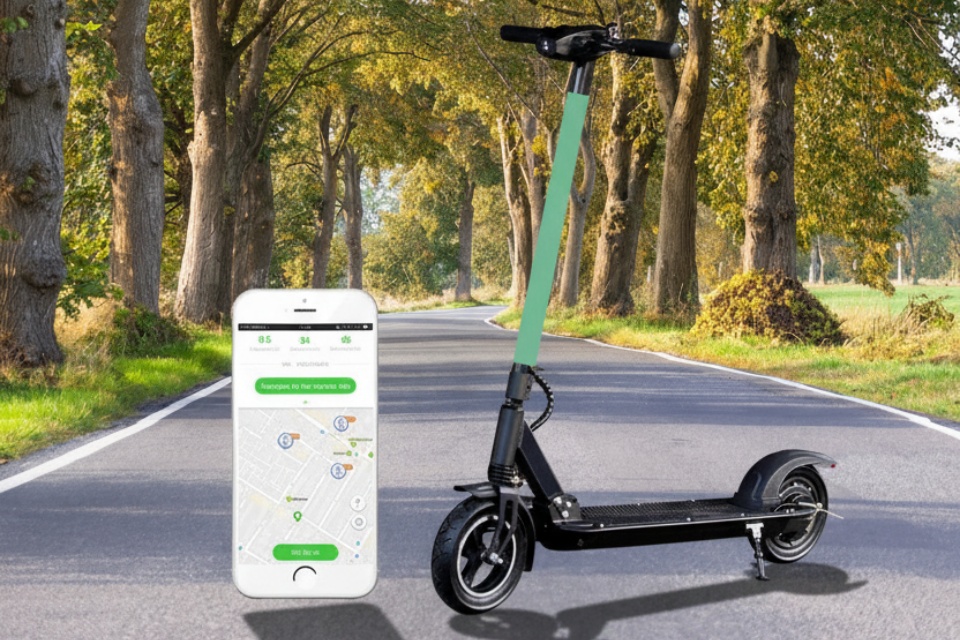
Scenarii din lumea reală
- Un centru bogat în transport în comun: zone de încetinire în jurul stațiilor; locuri de parcare pe liniile de dorință; flotă cu randament ridicat (pachete mai mici, mai multe chei). FS Pro pentru toleranța la abuzuri.
- Campusul universitar: cvadricicluri geofenced no-ride; modul începător în aplicație; prețuri pentru studenți; Super S pentru excursii de la cămin la cursuri (se pliază, se depozitează rapid).
- Frontul de apă al turismului: geofențe cu rută fixă cu indicații vocale; puncte de control foto; S1 pentru toleranța la greutate și punte de coamă.
- Centru suburban: conectori park-and-ride; mânere impermeabilizate; stimulente "return-to-hub" nopți/weekends.
Argument → Probă → Sursă
| Argument (ce să faceți) | Dovada / punct de date (ilustrativ) | Sursă (numai numele) |
|---|---|---|
| Mai întâi permisul, apoi pilotul | Proiectele pilot oferă orașelor pârghii: dimensionarea corectă a flotelor, impunerea parcării, decizii bazate pe date | NACTO, "Orientări pentru reglementarea micromobilității partajate" |
| Parcare densă, proiectată | ~10-16 bays/km², distanța ≤250 m reduce dezordinea și reclamațiile | Manuale de implementare în industrie; manuale pilot municipale |
| Siguranța necesită controale | Rănile la cap sunt frecvente; noaptea + alcoolul cresc riscurile; zonele lente + căștile ajută | Departamentele de sănătate ale orașelor; analize ale prejudiciilor de tip CDC |
| LCA depinde de operațiuni | Bateriile interschimbabile + piesele modulare reduc impactul per kilometru; înlocuirea călătoriilor cu mașina câștigă cel mai mult | Studii OCDE/ITF privind micromobilitatea; literatura academică LCA |
| Echitatea determină adoptarea | Opțiunile de numerar, planurile cu venituri reduse, SLA de obstrucție de 60 de minute îmbunătățesc încrederea | Ghidul ITDP; cerințele RFP ale orașului |
| Datele sunt licența | GBFS + publicarea lunară a indicatorilor de performanță; corelarea stimulentelor cu indicatorii de performanță | NACTO; permise municipale și modele RFP |
Cartografiere rapidă de la specificație la scenariu
| Scenariu | Hardware pick | De ce se potrivește | Notă Ops |
|---|---|---|---|
| Curse de prânz CBD | FS Pro | cadru rigid, ciclu de funcționare mai mare | zonă lentă <15 mph în apropierea stațiilor |
| Micromobilitatea campusului | Super S | pliere ușoară, rapidă | modul începător; parcări |
| Timp liber pe malul mării | S1 | capacitate de încărcare ridicată, punte stabilă | rute ghidate + opriri foto |
| Hrănitori suburbane | FS Pro sau S1 | cuplu pentru grade | credite de reîntoarcere în hub |
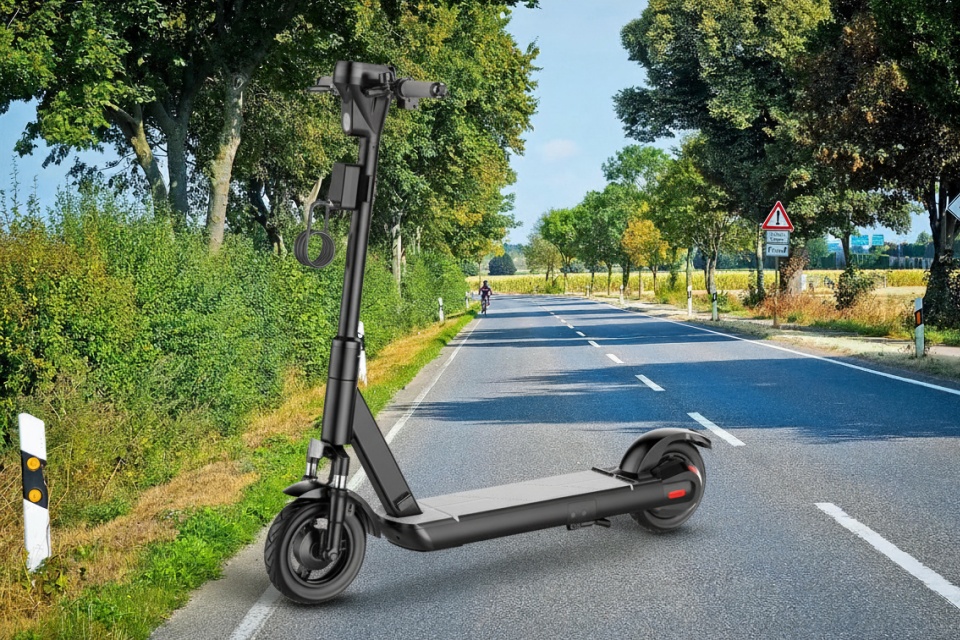
Modelul de afaceri
- pârghii de venituri: tarif pe minut, taxă de deblocare, abonamente (zi/săptămână), subvenții pentru parteneri (angajator/facultate), pachete turistice, niveluri de fidelitate.
- pârghii de cost: densitatea de swap vs. dimensiunea bateriei, amplasarea dulapurilor, întreținerea predictivă, strategia kitului de piese de schimb, rutarea echipajului.
- Pârghii de risc: protecție împotriva intemperiilor, asigurare împotriva vandalismului, plafoane flexibile în autorizații, scene diversificate (nu vă bazați pe un singur district).
CTA curat pentru SEO
Dacă aveți nevoie de o flotă care să supraviețuiască vieții de bordură, vom alinia o Urban M pachet de telemetrie și un kit de pilotaj fără probleme.
- Categorie: Scooter de partajare
- Modele: Super S - FS Pro - S1
TL;DR (listă de verificare de buzunar)
- ✅ Permis cu plafoane, SLA-uri, GBFS.
- ✅ Pilot de 6-12 luni, publicarea KPI-urilor.
- ✅ Rețea de parcări: densă, semnalizată, geofenced.
- ✅ Pachet de siguranță: zone de încetinire, căști, aplicarea legii DUI, modul începător.
- ✅ Operațiuni orientate către LCA: pachete swap, reparații modulare, hub-uri verzi.
- ✅ Capitaluri proprii: opțiuni în numerar, plan de venituri reduse, compensare de 60 de minute.
- ✅ Hardware-ul potrivit pentru scenă: Super S / FS Pro / S1, plus Urban M pachet.




